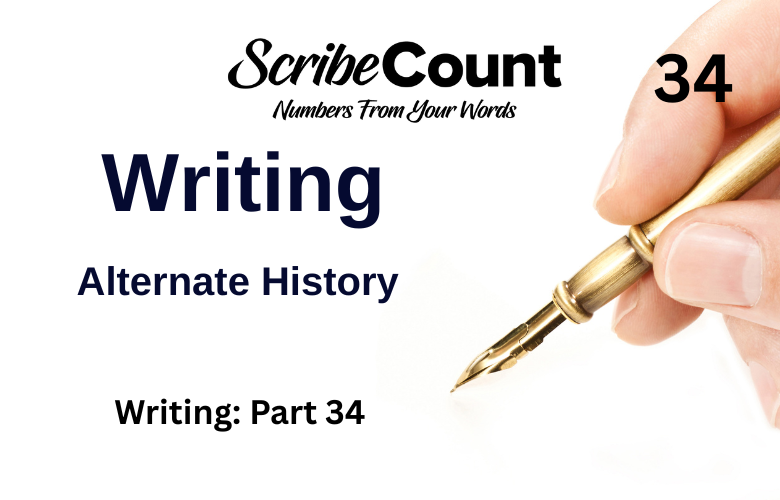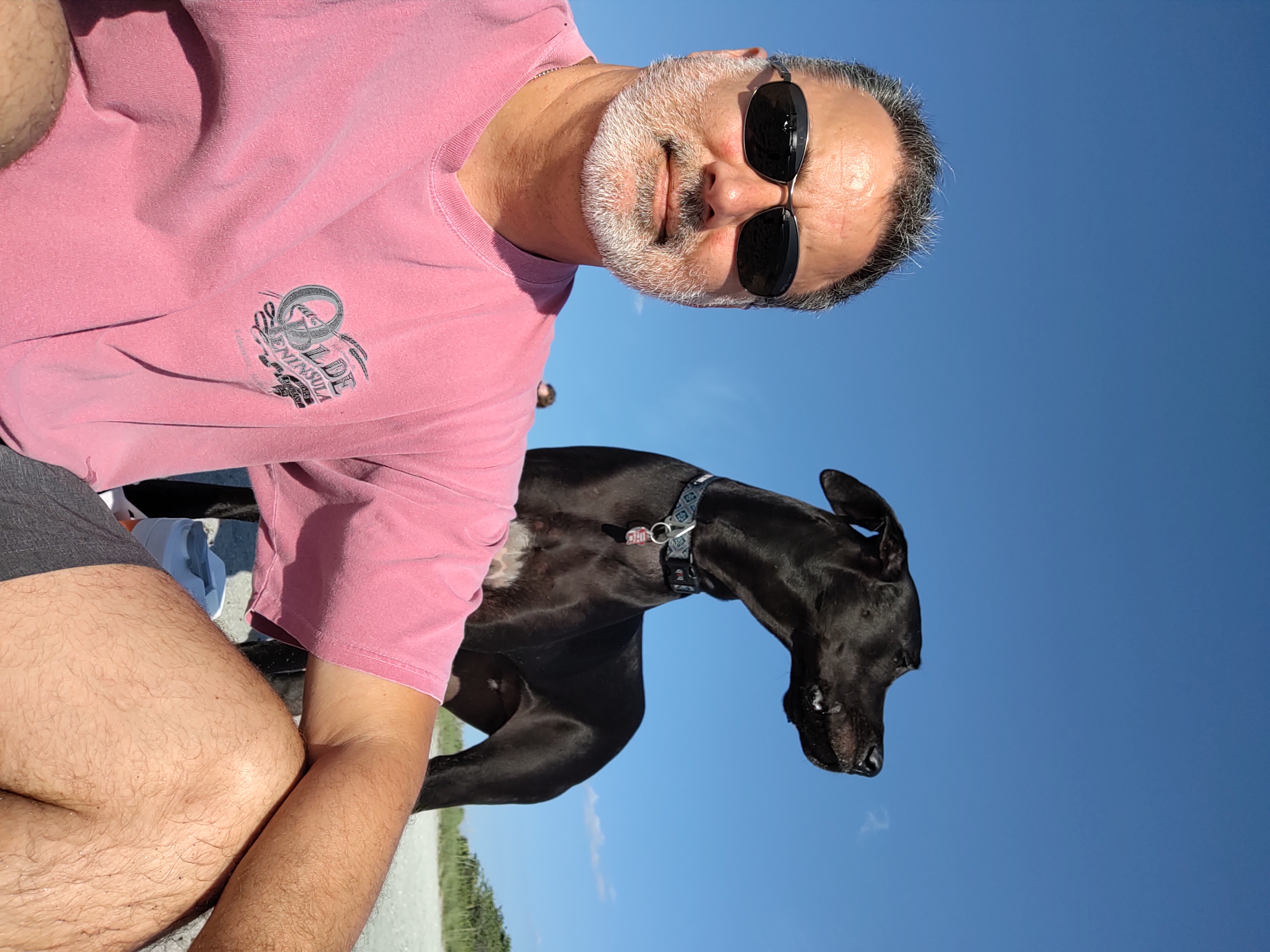Alternate History for Indie Authors: How to Write What Might Have Been
Alternate history fiction dares to ask: What if history didn’t happen the way we know it? What if the South won the Civil War? What if the Roman Empire never fell? What if JFK survived the assassination attempt, or if the Allies lost WWII? These "what if" questions form the foundation of alternate history—a genre that blends deep historical understanding with bold imaginative reworking of the past.
At its best, alternate history isn’t just speculative—it’s strategic. It examines the turning points of real-world events and pivots them, showing how even small changes can drastically reshape culture, politics, and identity. It asks readers to re-evaluate what they believe about history, cause and effect, and the stories we tell about power and progress.
For indie authors, alternate history offers a creative playground rich in thematic depth and world-building potential. Whether your story is grounded in a single changed decision or a sweeping global divergence, this genre gives you the tools to challenge norms, reveal hidden truths, and build immersive, intelligent fiction.
What Makes an Alternate History Novel?
An alternate history novel takes a real historical moment and alters it—changing a decision, outcome, or event that results in a world recognizably different from our own. The point of divergence is key: it creates a branching timeline that forms the new narrative.
Core elements include:
-
A Clear Divergence Point: The story hinges on a specific historical change—e.g., Napoleon winning at Waterloo, or computers being developed in the 19th century.
-
Historical Realism + Speculation: The setting and characters must feel grounded in reality, but the consequences of the altered history must be thoughtfully imagined.
-
Cause and Effect World-Building: What would change if your divergence occurred? Politics? Technology? Religion? Social structures? Your world must evolve logically from that shift.
-
Cultural and Ethical Commentary: Many alternate histories comment on real-world dynamics—racism, colonialism, ideology—by showing how different choices could have led to better or worse outcomes.
The genre walks a fine line between historical fiction and speculative fiction. You must know what did happen in order to convincingly write what didn’t.
The Popularity of Alternate History
Alternate history has long fascinated readers, especially those who enjoy thinking critically about power, politics, and culture. Classics like The Man in the High Castle by Philip K. Dick (available on Amazon) explore dystopian outcomes, while more recent works like The Underground Railroad by Colson Whitehead (available on Apple Books) blend historical invention with literary fiction.
Novels such as Fatherland by Robert Harris, Jonathan Strange & Mr Norrell by Susanna Clarke, and 11/22/63 by Stephen King showcase the genre’s range—from political thrillers to magical realism. On screen, shows like For All Mankind, The Plot Against America, and Man in the High Castle have introduced the genre to broader audiences.
For indie authors, alternate history offers unique appeal. It lets you explore bold ideas without needing original fantasy or sci-fi world-building from scratch. And it invites readers to engage with real history in new, provocative ways.
Reader Expectations for Alternate History
Readers of alternate history are curious and intellectually engaged. They want more than action—they want consequences. They expect:
-
Credible Divergences: Your change must feel plausible. Readers want to believe that history could’ve turned out this way, given slightly different decisions.
-
Rich World-Building: The altered timeline should affect everything—language, technology, geopolitics, daily life. Think through the ripple effects.
-
Historical Anchoring: Even in fictional events, the foundation must be accurate. Readers expect knowledge of real historical people, settings, and timelines.
-
Moral Complexity: Alternate history often explores difficult themes—slavery, fascism, war. Readers want honest, nuanced treatment of these topics.
-
A Cohesive Tone: Whether you're writing dystopian tragedy or playful steampunk, your tone must stay consistent with the world you’ve created.
Many readers come to alternate history to reimagine injustice—and to see what happens when the world takes a different turn. Make your story immersive, thought-provoking, and emotionally resonant.
Common Tropes in Alternate History Novels
Alternate history overlaps with many genres, but a few storytelling devices come up again and again:
-
The Turning Point: The narrative often explores a single moment that changed everything—e.g., Hitler’s successful assassination in The Plot Against America by Philip Roth.
-
The Hidden Resistance: A totalitarian world emerges, and a quiet resistance fights from the shadows. This trope drives tension and offers readers moral grounding.
-
Historical Cameos: Real historical figures appear in new roles—Churchill as a rebel, Lincoln as a general, Cleopatra as an empress of a united empire.
-
Time Travel Alteration: A character goes back in time and changes something—willingly or accidentally—creating an alternate reality. 11/22/63 is a strong example.
-
Parallel Worlds: Sometimes the story unfolds across dual timelines, allowing readers to compare the real and alternate worlds in real-time.
-
Technological Shifts: A new invention appears earlier in history, reshaping everything. Steam engines in ancient Rome, for instance, lead to advanced industrial empires.
Use these tropes not as shortcuts, but as scaffolding for deep, creative storytelling.
Structuring Your Alternate History Novel: The Plot Map
Alternate history novels benefit from tight plotting and historical pacing. Here's a common arc:
-
The Real-World Setup: Establish a world that resembles ours—or shows clearly how it’s diverged. Anchor readers in historical facts before veering off.
-
The Divergence Revealed: Show how and where history changed. Make it clear how this new timeline differs—and why it matters.
-
The Personal Stakes: The protagonist is impacted by the altered history. Their personal goals are shaped or shattered by the world they live in.
-
Escalating Consequences: The divergence creates unrest, conflict, or opportunity. Political tension builds. Culture clashes. Ideologies fight for dominance.
-
Moral Dilemma / Crisis: The protagonist must choose: uphold the new order or rebel against it. This choice should reflect the novel’s theme.
-
Resolution and Reflection: The story concludes with consequences—success, failure, revolution, restoration. The reader is left to wonder: Was this timeline better or worse than our own?
Final Thoughts for Indie Alternate History Writers
Writing alternate history is an act of both imagination and reverence. You’re not erasing the past—you’re exploring it. You’re asking tough questions, challenging assumptions, and inviting readers to think differently about how the world came to be.
As an indie author, you have freedom to explore underrepresented narratives—what if colonialism never took root in Africa? What if Indigenous nations retained power in North America? What if the roles of men and women were reversed at the dawn of civilization? You’re not limited to the typical Eurocentric revisionism.
The key is research. Know your real-world history first. Then, change it with confidence. Think through every consequence. And don’t forget the emotional core—characters living in strange, familiar worlds, navigating the weight of history on their shoulders.
When done well, alternate history doesn’t just entertain—it enlightens.

